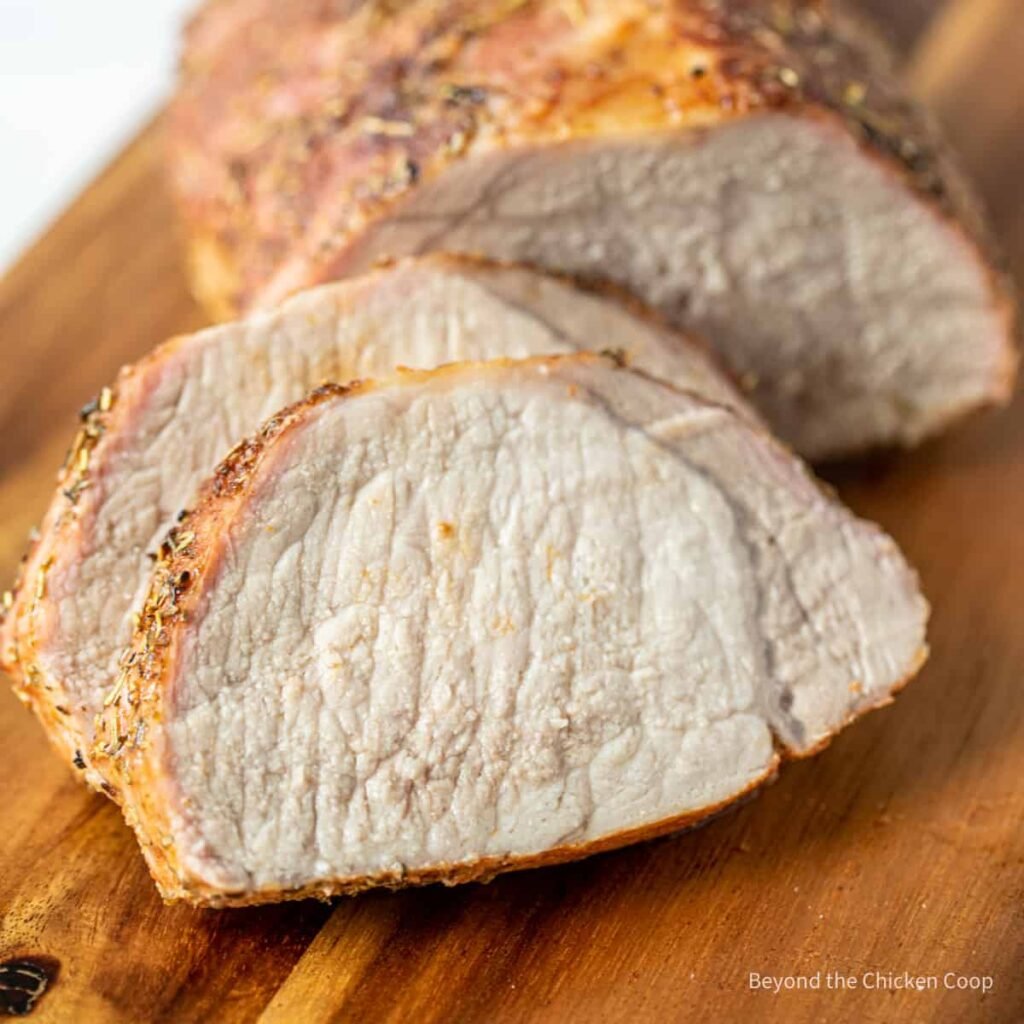Can Dogs Eat Cooked Pork? A Comprehensive Guide for Pet Owners
When it comes to feeding our beloved pets, it’s natural to wonder about sharing the foods we enjoy. cooked Pork, in particular, is a favorite in many households and often finds its way into our meals. But what about our four-legged friends—can they safely consume cooked pork? In this article, we’ll explore the nutritional value, benefits, and potential risks of including cooked pork in a dog’s diet, along with tips on how to serve it safely.

1. Understanding the Basics: Can Dogs Safely Eat Cooked Pork?
Pork is a rich source of protein, which is essential for maintaining a dog’s muscles, skin, and immune system. However, pork has its unique qualities and concerns, which require careful consideration before feeding it to dogs. Cooked pork, unlike raw pork, can be given to dogs in moderation, provided that it is plain, free of seasonings, and thoroughly cooked to eliminate any harmful bacteria or parasites.
2. Nutritional Benefits of Pork for Dogs
Cooked pork provides several key nutrients beneficial to dogs, including:
- Protein: Pork is a high-protein food, which supports muscle development, tissue repair, and overall energy.
- Amino Acids: Pork contains essential amino acids that help promote a healthy coat, strong muscles, and optimal immune function.
- B Vitamins: Pork is rich in B vitamins, including B12, B6, niacin, and thiamine, which play a role in maintaining energy levels and a healthy nervous system.
- Minerals: Pork also provides important minerals like phosphorus and selenium, both of which are essential for strong bones and general cellular health.
3. Potential Risks and Considerations
While cooked pork offers some nutritional benefits, it does come with potential downsides if not served properly. The following are key considerations to bear in mind before feeding your dog cooked pork:
Fat Content
One of the most notable drawbacks of pork is its high-fat content, especially if you’re feeding cuts like pork belly or ribs. Dogs are generally less efficient at digesting fats than humans, which can lead to gastrointestinal upset or, in severe cases, pancreatitis—a painful and potentially life-threatening inflammation of the pancreas. If you’re offering pork to your dog, choose lean cuts, like pork loin, and be sure to trim any visible fat.
Seasonings and Additives
Pork is often cooked with spices and seasonings to enhance its flavor, but many of these additives are harmful to dogs. Ingredients like garlic, onions, and excessive salt are toxic to dogs and can cause a range of issues from gastrointestinal distress to organ damage. For this reason, any pork given to a dog should be unseasoned and cooked plainly without added salt, spices, or sauces.
Risk of Parasites and Bacteria
Raw or undercooked pork can harbor harmful parasites, such as Trichinella spiralis, which causes trichinosis—a potentially serious parasitic infection. To eliminate these risks, pork must be fully cooked before serving it to a dog. Cooked pork should reach an internal temperature of at least 145°F (63°C), followed by a three-minute resting period to ensure safety.
4. How to Safely Serve Cooked Pork to Dogs
If you decide to offer pork as a treat for your dog, keep these tips in mind to ensure it’s served in a way that is both safe and beneficial:
- Choose Lean Cuts: Opt for leaner parts of pork, like pork loin or tenderloin, which are lower in fat compared to other cuts.
- Serve in Moderation: Pork should be an occasional treat rather than a regular part of a dog’s diet. A small portion of cooked, plain pork can be given as a special treat, especially if you are training or rewarding your pet.
- Avoid Bones: Pork bones, whether raw or cooked, can splinter and cause choking, blockages, or even intestinal injuries in dogs. Never offer pork bones to your dog, as they can pose serious health hazards.
- Limit Serving Size: Start by giving a small amount of cooked pork to see if your dog tolerates it well. Dogs with sensitive stomachs or those who have never eaten pork before might react poorly, so it’s best to introduce it gradually.
- Remove Excess Fat and Seasoning: Trim any visible fat and ensure the pork is entirely plain, without any sauces or spices.
5. Situations Where Pork May Not Be Suitable
While some dogs can enjoy cooked pork without any issues, certain conditions may make pork less suitable for specific dogs:
- Dogs with Pancreatitis or Obesity: Dogs with a history of pancreatitis or those who are overweight should avoid fatty foods like pork. Fat can worsen these conditions, making lean proteins like chicken or turkey better alternatives.
- Dogs with Allergies: Some dogs have specific food allergies or intolerances to proteins like pork. Symptoms may include itching, digestive upset, or respiratory issues. If your dog has a history of allergies, it’s wise to consult your vet before introducing any new food, including pork.
- Senior Dogs or Those with Specific Health Conditions: Older dogs or dogs with medical conditions such as liver or kidney disease may have dietary restrictions. In these cases, a veterinarian’s guidance is invaluable before making any changes to the diet.
6. Alternatives to Pork in a Dog’s Diet
If you’re looking for a variety of protein sources, there are several other lean options that can be safely included in a dog’s diet:
- Chicken: A popular protein source that is lower in fat and easy to digest.
- Turkey: Another lean meat that’s rich in protein and usually well-tolerated by dogs.
- Fish: Salmon and whitefish provide omega-3 fatty acids, which are beneficial for a dog’s coat and skin health.
- Beef: Lean beef cuts are also good choices, though it’s best to avoid fatty or processed cuts.
7. Signs of Pork-Related Issues to Watch For
If your dog consumes pork for the first time, monitor them for any signs of discomfort or adverse reactions, such as:
- Gastrointestinal Upset: Vomiting, diarrhea, or excessive gas may indicate that pork doesn’t agree with your dog’s digestive system.
- Allergic Reactions: Symptoms like itching, swelling, or skin redness can point to an allergic response.
- Lethargy or Weakness: In rare cases, contaminated pork could cause lethargy or fever, which may indicate an infection or digestive distress.
If any of these symptoms occur, stop feeding pork to your dog and contact a veterinarian for further advice.
Final Thoughts: Pork as an Occasional Treat
In summary, cooked pork can be a safe and enjoyable occasional treat for most dogs, provided it’s prepared properly and given in moderation. Its high protein and nutrient content can offer variety in a dog’s diet, but pet owners should prioritize plain, lean, and thoroughly cooked pork to avoid potential risks.
Before introducing pork or any new food, it’s a good idea to consult with your veterinarian, especially if your dog has any pre-existing health conditions or dietary restrictions. With mindful preparation and moderation, cooked pork can be a flavorful treat that adds a bit of variety to your dog’s mealtime without compromising their health.
